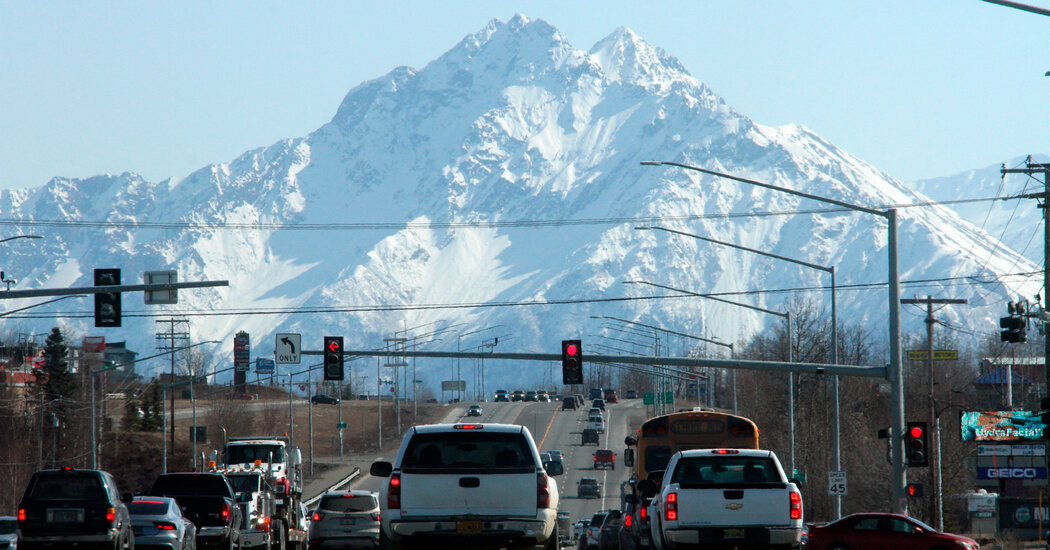Voters in Alaska are taking part in a new type of election this weekend: one conducted entirely by mail, the first of its kind in the state’s history.
Voters in Alaska are taking part in a new type of election this weekend: one conducted entirely by mail, the first of its kind in the state’s history. And it will be an open primary, allowing people to pick from candidates of both parties — also new in the state.
The list voters will choose from is long: A whopping 48 candidates are running for the state’s lone House seat. One of them is former Gov. Sarah Palin. A man legally named Santa Claus is also on the ballot.
The special primary election is to replace Representative Don Young, who was the longest-serving Republican in the House when he died in March.
Alaska voters will have until 7:59 p.m. local time on Saturday to cast their votes by mail. Elections officials will begin counting the ballots after the deadline passes and expect to release preliminary vote counts in the hours that follow — but unofficial final results may not be known until June 21.
All of the state’s more than 595,000 eligible voters were mailed a ballot for the contest. Nearly 20 percent of them had already sent in their ballots as of June 8, according to statistics published by the Alaska Division of Elections (and about 87,000 were returned as undeliverable). In primary elections in 2018, voter turnout was just shy of 20 percent by the time all votes had been counted.
With the new, nonpartisan primary system, which voters approved as part of 2020 ballot initiative, the four candidates from any party who get the most votes will proceed to the general election on Aug. 16, when voters will rank them in order of preference. This is called ranked-choice voting, which New York City used for the first time last year (reviews were mixed).
The winner determined on Aug. 16 will fill the seat for the rest of the current term, through January.
But Aug. 16 is also the date of Alaska’s regular primary contests, including for the 2023 to 2025 term for the House seat, so voters will see some candidates’ names twice on the same ballot: once to decide the outcome of the special general election and once to pick candidates to proceed to the general election this fall for the full two-year term.
Only 26 of the candidates running in the special election are also competing in the regular election. Several others have also filed.
To help voters navigate the new features of this year’s elections, Alaska’s elections office has started a statewide voter education program that has included “pretty much anything you could do,” according to Tiffany Montemayor, a public relations manager for the Division of Elections.
“Radio ads, bus ads, every kind of medium you can talk to someone, we’re going to be using that for voter education,” Ms. Montemayor said.
www.nytimes.com
